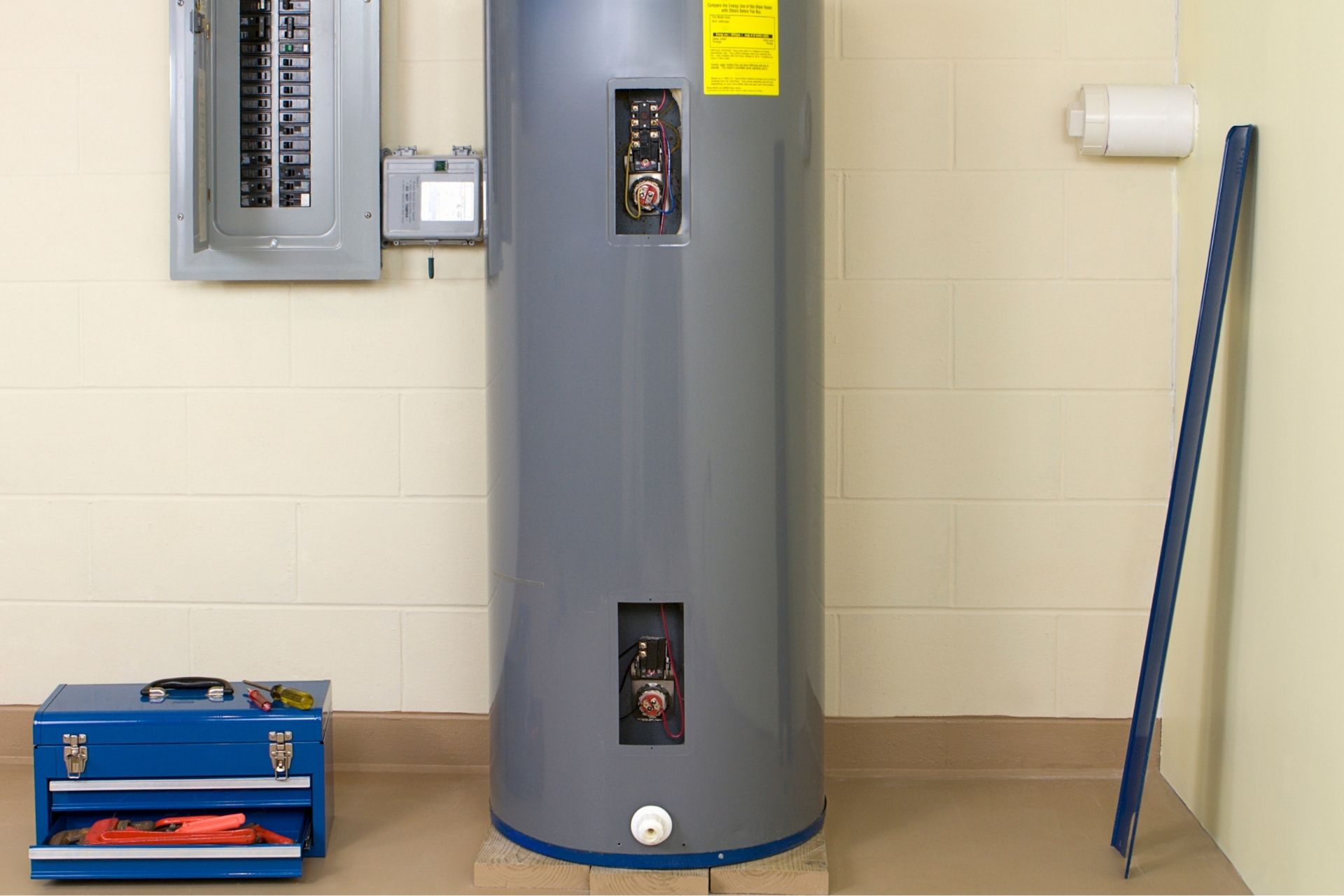Effective Techniques for Maintaining Your Home's Hot Water SystemMaking Sure Durability of Your Home's Hot Water System: Maintenance AdviceStep-by-Step Steps to Caring for Your Home's Hot Water System
Effective Techniques for Maintaining Your Home's Hot Water SystemMaking Sure Durability of Your Home's Hot Water System: Maintenance AdviceStep-by-Step Steps to Caring for Your Home's Hot Water System
Blog Article
How do you actually feel in relation to What Kind of Maintenance Do Water Heaters Need??

Warm water is crucial for everyday convenience, whether it's for a refreshing shower or washing recipes. To ensure your warm water system runs successfully and lasts much longer, regular upkeep is vital. This post gives useful suggestions and understandings on how to keep your home's hot water system to stay clear of disturbances and pricey repairs.
Intro
Maintaining your home's warm water system may appear complicated, but with a couple of simple steps, you can ensure it operates efficiently for several years to find. This overview covers every little thing from recognizing your warm water system to DIY upkeep tips and recognizing when to employ specialist aid.
Importance of Preserving Your Warm Water System
Routine upkeep not just extends the life expectancy of your warm water system yet additionally guarantees it runs successfully. Disregarding upkeep can lead to reduced performance, greater energy costs, and also early failure of the system.
Indications Your Hot Water System Requirements Maintenance
Understanding when your warm water system needs interest can stop significant problems. Look out for indications such as inconsistent water temperature level, odd noises from the heating system, or corroded water.
Recognizing Your Hot Water System
Prior to diving right into upkeep tasks, it's practical to understand the fundamental components of your warm water system. Generally, this consists of the water heater itself, pipelines, anode rods, and temperature level controls.
Month-to-month Maintenance Tasks
Routine monthly checks can aid catch minor concerns prior to they intensify.
Flushing the Hot Water Heater
Flushing your water heater gets rid of sediment accumulation, enhancing effectiveness and extending its life.
Checking and Replacing Anode Rods
Anode rods avoid rust inside the tank. Inspecting and replacing them when broken is critical.
Examining and Adjusting Temperature Level Setups
Changing the temperature settings makes certain optimum efficiency and safety and security.
DIY Tips for Maintenance
You can perform numerous upkeep tasks on your own to maintain your warm water system in top condition.
Looking for Leaks
Frequently inspect pipelines and links for leaks, as these can result in water damages and higher bills.
Examining Pressure Relief Valves
Testing the stress relief valve guarantees it operates correctly and protects against extreme stress buildup.
Insulating Pipelines
Insulating warm water pipes reduces warmth loss and can conserve energy.
When to Call a Professional
While do it yourself maintenance is valuable, some problems require expert experience.
Complicated Concerns Needing Specialist Assistance
Instances include major leakages, electric issues, or if your hot water heater is regularly underperforming.
Regular Professional Upkeep Advantages
Specialist maintenance can consist of comprehensive inspections, tune-ups, and making sure conformity with safety standards.
Final thought
Normal maintenance of your home's warm water system is essential for effectiveness, long life, and cost financial savings. By complying with these pointers and knowing when to seek specialist help, you can guarantee a trusted supply of warm water without unanticipated disruptions.
How to Maintain an Instant Hot Water Heater
Before tinkering with your hot water heater, make sure that it’s not powered on. You also have to turn off the main circuit breaker and shut off the main gas line to prevent accidents. Also turn off the water valves connected to your unit to prevent water from flowing into and out of the appliance. 2. When you’re done, you have to detach the purge valves’ caps. These look like the letter “T” and are situated on either side of the water valves. Doing so will release any pressure that has accumulated inside the valves while at the same time avoid hot water from shooting out and burning your skin. 3. When the purge valves’ caps are removed, you have to connect your hosing lines to the valves. Your unit should have come with three hoses but if it didn’t, you can purchase these things from any hardware or home repair shops. You can also get them from retail stores that sell water heating systems. Read the user’s manual and follow it to complete this task properly. When the hosing lines are connected, open the purge port’s valves. 4. You should never use harsh chemical cleaners or solutions when cleaning your unit. Make use of white vinegar instead. It should be undiluted and you’ll probably use about 2 gallons. 5. Now flush your water heater. This task should probably take about 40 minutes. We can’t give you specific directions for this because the procedure is carried out depending on the type, model and brand of your heater. With that being said, refer to the user’s manual. 6. When you’re done draining the unit, you have to turn off the purge port valves again. Remove the hosing lines that you earlier installed on each of the water valves. Put the valve caps (purge port) back in their respective places and be very careful so as not to damage the rubber discs that are found inside these caps. 7. Now that everything’s back in place, check your user’s manual again to find out how to reactivate your water heating system. 8. Once it is working, turn one of your hot water faucets on just to let air pass through the heater’s water supply pipes. Leave the tap on until water flows smoothly out of it. https://www.orrplumbing.com/blog/2014/september/how-to-maintain-an-instant-hot-water-heater/
:max_bytes(150000):strip_icc()/tankless-hot-water-system-in-the-basement-of-a-green-technology-home-529577258-77afda16fd494c6899a78000888c3204.jpg)
As a reader about How to Maintain a Hot Water Heater in a Few Simple Steps, I assumed sharing that excerpt was necessary. For those who liked our blog entry please consider to pass it around. Thanks for being here. Return soon.
Schedule Appointment Report this page